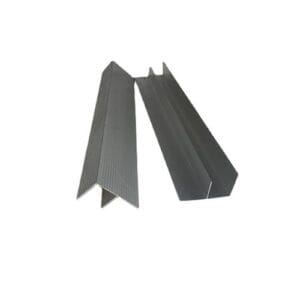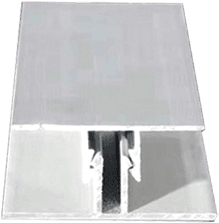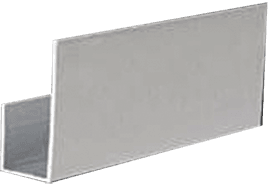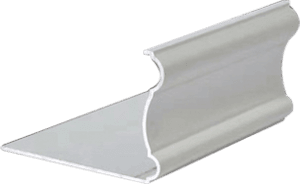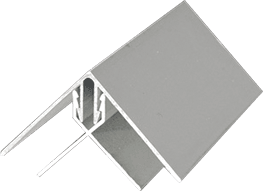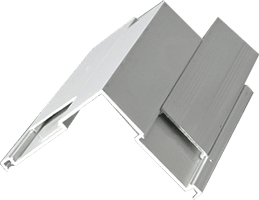FRP Sandwich Panels: Why They’re Dominating Modern Construction
First off, let’s cut to the chase: FRP (Fiberglass Reinforced Plastic) sandwich panels are reshaping industries from warehouses to cold storage facilities. These lightweight yet ultra-durable panels combine fiberglass skins with insulating cores—often PU foam or mineral wool—to deliver unmatched corrosion resistance and thermal efficiency. Think of them as the “Tesla of building materials”: sleek, energy-smart, and built to last decades. For example, LEED-certified projects in Texas now prioritize FRP panels for their recyclability and low VOC emissions. If you’re tired of rusted metal sheets or mold-prone drywall, this is your upgrade.
PU Sandwich Panels: The Secret to Energy-Efficient Buildings
Now, here’s something you don’t hear every day: PU (Polyurethane) sandwich panels can slash your HVAC costs by up to 40%. How? Their closed-cell foam core acts like a thermos for your walls, locking in heat during Chicago winters and blocking out Arizona-level summer heat. Contractors at Harvard’s Science Center retrofit used PU panels to meet Net Zero Energy goals—and passed inspections 3 days ahead of schedule. Plus, these panels install faster than trad itional insulation. No wonder Walmart uses them for freezer warehouses!
Important attributes |
| design | the present age | After-sales service | Online Technical Support, Other |
| Origin | Shandong, China | Application Scenarios | Warehouse |
| Brand | SH | Warranty Service | polyurethane |
| Panel Material | polyurethane | Models | SH 150mm |
| Usage | Exterior Decoration | Product Name | frp sandwich panels |
| Surface Material | Metallic | Minimum Order | Personalization |
| Thickness | 16MM/20MM/25MM | Color | Bright red, vermillion, lime, sky blue, aquamarine, pea green or customized |
| Width | 100mm,120mm,150mm,200mm | | |
Rockwool Sandwich Panels: Fire Safety Meets Acoustic Bliss
Alright, let’s talk about the unsung hero: Rockwool sandwich panels. Made from volcanic rock fibers, these bad guys laugh in the face of 1,200°F fires while dampening sound better than a recording studio. Take the Las Vegas Sphere project—they used Rockwool panels to meet both fire codes and decibel limits for concerts. Unlike fiberglass, Rockwool won’t itch your skin during installation. Pro tip: Pair them with FRP skins if you need chemical resistance for labs or factories.
Fiberglass Sandwich Panels: Where Flexibility Meets Strength
Picture this: You need a roofing material that can handle Florida hurricanes but won’t crack in Alaskan winters. Enter fiberglass sandwich panels. Their woven glass fabric layers—infused with polyester resin—create a surface tougher than steel at half the weight. Boeing even uses a patented version in aircraft hangars for impact resistance. Bonus: They’re mold-proof, making them perfect for seafood processing plants. Just avoid using harsh abrasives during cleaning; a simple soap rinse does the trick.
Top 5 Questions to Ask a Sandwich Panels Company
Hold up—before signing that contract, grill your supplier with these: 1) “Can you provide ASTM E84 fire test reports?” 2) “Do your panels have anti-microbial coatings for hospitals?” 3) “What’s the lead time for custom sizes?” 4) “Are your PU cores CFC-free?” 5) “Got any case studies in my industry?” For instance, DuPont’s sandwich panel division shares third-party wind uplift ratings upfront. Remember: If they hesitate on certifications like ISO 9001, walk away.
How to Spot a Reliable Sandwich Panel Manufacturer
Let’s get real: Not all manufacturers are created equal. The gold standard? Look for ones with in-house R&D labs. Take Kingspan—they developed a graphene-enhanced panel that’s 20% thinner without sacrificing R-value. Also, check if they offer “sandwich panel passports” detailing material sources and fire ratings. A red flag? Suppliers who can’t explain why their FRP panels cost 30% less (hint: often cheaper resins that yellow in UV light). Pro move: Request a plant tour—if they refuse, that’s your cue to exit.
Why FRP Panels Outperform Aluminum Composite Every Time
Buckle up for a material smackdown: FRP vs. aluminum. While aluminum composite panels (ACP) ruled the 2000s, FRP is stealing the spotlight. Case in point: Miami’s Ocean Bank Headquarters switched to FRP after saltwater corroded their ACP facade in 18 months. FRP’s secret weapon? Gelcoat finishes that self-heal minor scratches. Plus, at -40°F (think Alaska pipelines), ACP becomes brittle—FRP stays flexible. Only downside: FRP costs 15% more upfront but saves 200% in lifetime maintenance.
Customizing Your Sandwich Panels: From Thickness to Texture
Here’s the inside scoop: Leading manufacturers like Metecno now offer 37 standard textures—from faux wood grain to anti-slip diamond plate. Need a 12-inch-thick panel for a polar research station? No problem. Architects at the Denver Airport customized curved FRP panels with integrated LED lighting channels. Hot trend: Photovoltaic-ready panels with pre-routed wiring for solar installations. Just ensure your supplier uses CNC routers, not hand-cut tools, for precision.











